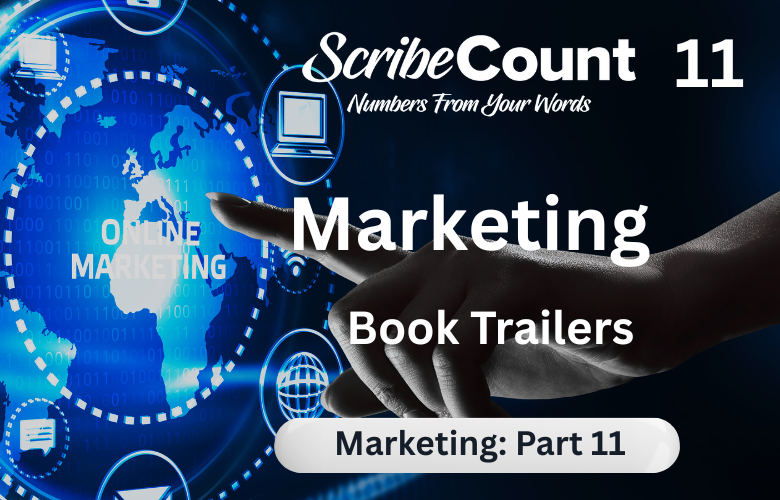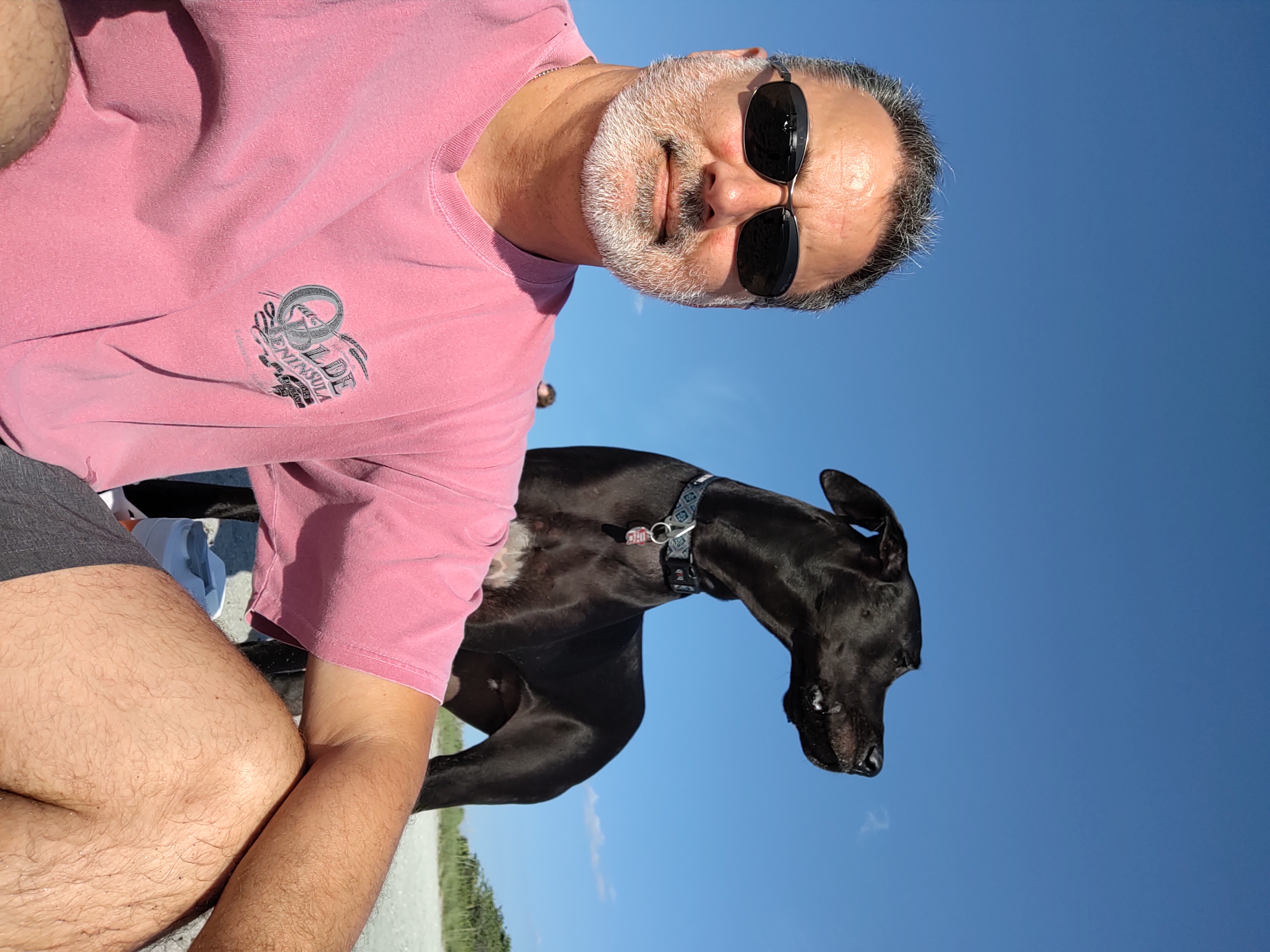Book Trailers for Indie Authors
In today’s crowded book market, grabbing attention quickly is critical. A compelling book trailer is a powerful marketing asset—one that can engage potential readers in 15 to 60 seconds, convey your book’s tone and stakes, and drive clicks to buy, sign up, or share. Though most commonly associated with blockbuster novels or big-budget publishers, book trailers are now accessible to indie authors thanks to affordable tools and AI-powered services. When used strategically, trailers add cinematic flair, expand visibility on video platforms and author pages, and become a key component of a holistic marketing plan.
This guide provides a full overview: what book trailers are, how to create them (including AI tools), how to leverage them across platforms, where to insert calls to action (e.g., coupons, links, special offers), and how authors use them successfully in combination with other strategies like paid ads, price promotions, newsletter swaps, and launch campaigns. We’ll also examine costs, technical prerequisites, timeline, pros and cons, and real-world examples to show what works. By the end, you'll have everything you need to plan, produce, and publicize your trailer with creative confidence.
What Is a Book Trailer?
A book trailer is a short video—typically 30 to 60 seconds, though some effective ones run as short as 15 seconds—that dramatizes a book’s premise. It combines visuals (stock video, animation, or playacted scenes), text, narration, music, and optional voiceover to give viewers a teaser of the story and a preview of tone, genre, and hook. Like a movie trailer, it doesn't reveal everything but is designed to promise intrigue, emotion, or conflict.
For indie authors, trailers increase visibility where readers are already using video platforms like YouTube, Instagram Reels, TikTok, and even Amazon product pages. They also improve professional branding and can multiply impressions when shared alongside other marketing assets. A trailer gives readers another way to connect emotionally before clicking “Buy.”
Why Trailers Matter in Author Marketing
Book trailers grab attention in the first few seconds on fast-scroll platforms and showcase tone and voice more vividly than covers alone. They boost platform visibility since videos often receive algorithmic preference on YouTube, TikTok, and Reels. They also enable multi-channel amplification when layered with email launches, ad campaigns, newsletter features, and price promos. Trailers enhance brand perception and convert awareness into action via embedded CTAs and trackable links.
Crafting Your Trailer: Tools, Services & AI Help
Many indie authors begin with self-service platforms like Canva, Animoto, or InVideo, which offer stock video libraries, music tracks, and simple timeline editors. For a more polished experience, AI-powered services are now available:
- ReelCraft AI: Converts manuscript excerpts into video storyboards, pairing them with generated visuals, text animation, and music.
- BookFlix AI: Designed specifically for authors, offering genre-tuned trailers in under an hour.
- Pictory and Lumen5: Transform book blurbs into engaging visual trailers with AI-selected elements.
These tools vary in cost. Entry-level plans start around $20/month, while premium custom videos may cost $200 to $500 or more, especially if incorporating professional voiceover or licensed stock footage.
Optimal Length, Structure, and Audience Hooks
Most effective trailers are 30 seconds or less, especially when used on TikTok or Instagram Reels. On YouTube or Amazon product pages, longer cuts up to 60 seconds can be effective. Regardless of length, trailers should open immediately with intrigue—a moment of emotion, mystery, or conflict.
Good trailers follow a compact arc: set the mood, hint at central conflict, and finish with a cliffhanger. For example, text like “In a town where love isn’t safe… she must choose betrayal or survival” frames stakes instantly. Each trailer should close with a call to action, such as "Download free now," "Watch full trailer," or "Use code TRAILER10 for 10% off."
Where to Use Book Trailers
Book trailers belong in your author website’s homepage banner or on a dedicated “Media” or “Videos” page. They can also be embedded into Amazon product pages (especially for box sets or titles with A+ content options). Reels, TikTok, YouTube Shorts, and Facebook Video are powerful distribution channels, particularly for new launches.
Trailers also shine in email campaigns. A "cover reveal" or "launch day" email paired with a trailer generates excitement. Newsletter swaps, guest blogs, and podcast appearances also benefit from a trailer embed or link.
Promoting Trailers with Offers, Coupons & Links
Book trailers become powerful conversion tools when paired with direct offers. Authors often include a coupon like "Use code TRAILER10 for 10% off," or link to free sample downloads via BookFunnel or Payhip. Giveaways, such as "Comment your favorite moment to win a signed copy," drive engagement.
Links should be placed in captions or video overlays. On Instagram and TikTok, a link-in-bio strategy helps funnel clicks. On YouTube, trailer descriptions and end screens can direct traffic to sales or signups.
Pros and Cons of Book Trailers
Trailers convey professional quality, increase video reach, and engage audiences emotionally. They allow authors to control first impressions and brand perception. However, trailers take time to produce and may not yield returns if poorly scripted or visually flat. Their success depends on integration with other marketing efforts.
What Makes a Trailer Great?
An effective trailer starts with emotion, matches its music to the genre, uses clear typography, and includes dynamic visual pacing. A great trailer ends with brand identity—cover image, release date, website URL, or CTA. Even a 15-second teaser can be impactful if it resonates.
Production Costs, Requirements & Timeline
AI-driven self-service trailers can be created in a few hours for under $50/month. Tools like Pictory and ReelCraft offer pay-as-you-go pricing or subscriptions. Outsourced production may run $300 to $1,000 depending on voiceover, footage, and animation.
Authors need cover files, a short script or blurb, brand assets, a tone guide, and a ready link or offer for the final screen. A good trailer can be ready to launch alongside a preorder or new release with about a week's lead time.
Integrating Trailers with Other Marketing Tactics
Book trailers amplify every part of your strategy. Use them in Meta or TikTok ads, announce price promos with short-form teaser clips, or place them in newsletter swaps and podcast interviews. When layered with existing promotions, trailers can increase reach and conversion.
Examples of Effective Book Trailers
A fantasy series like Crown of Flames uses sweeping aerials and sword closeups to evoke epic tone. You can view the trailer here.
A romance novel Second Chance at Sunshine uses a split-screen of beach scenes and text, all set to emotive music. Its Instagram Reel version performed well with hundreds of shares. View example here.
Both examples show that concise, emotionally resonant trailers work best, especially when posted with links and strong copy.
Final Thoughts: Video is the Silent Hero of Marketing
Video content is no longer optional in indie marketing—it’s essential. Readers expect it, platforms favor it, and authors benefit from it. Whether you use AI tools or hire a professional, trailers allow you to control how your story is introduced and remembered.
Book trailers work best when paired with strategic offers and promotional timing. They build excitement, generate emotional investment, and provide a shareable tool to multiply exposure. Use yours wisely, and watch your next launch go further, faster.

